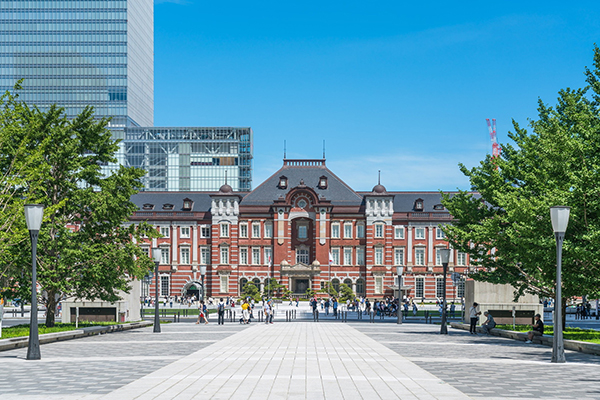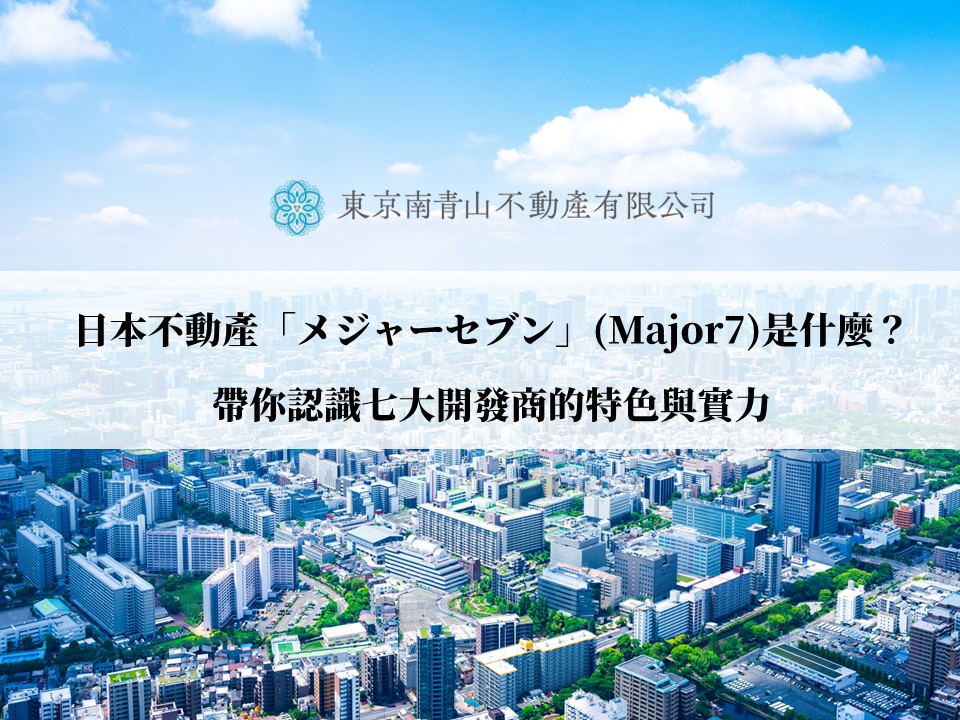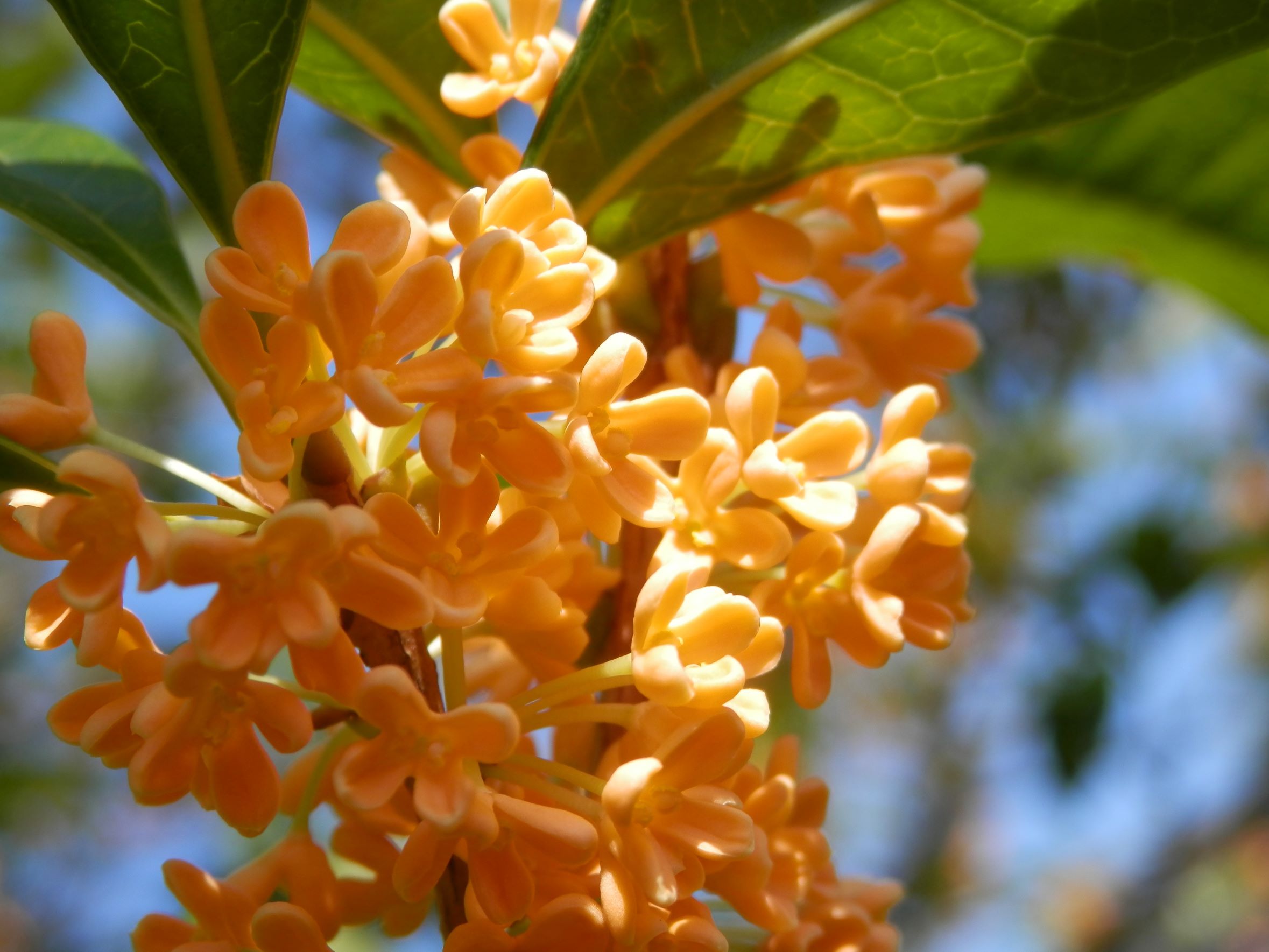Facing Tokyo Bay, Minato Ward was named in the hope that it would develop as a harbour area.
Home to Japan's landmark Tokyo Tower, the ward is now a well-known brand area.
Despite its modern and sophisticated image, Minato ward was once the outer edge of the city during the Edo period (1603-1867), so there are many historic temples and the remains of feudal lords' residences in the area, which is quite a contrast from today's glamorous image of the area.
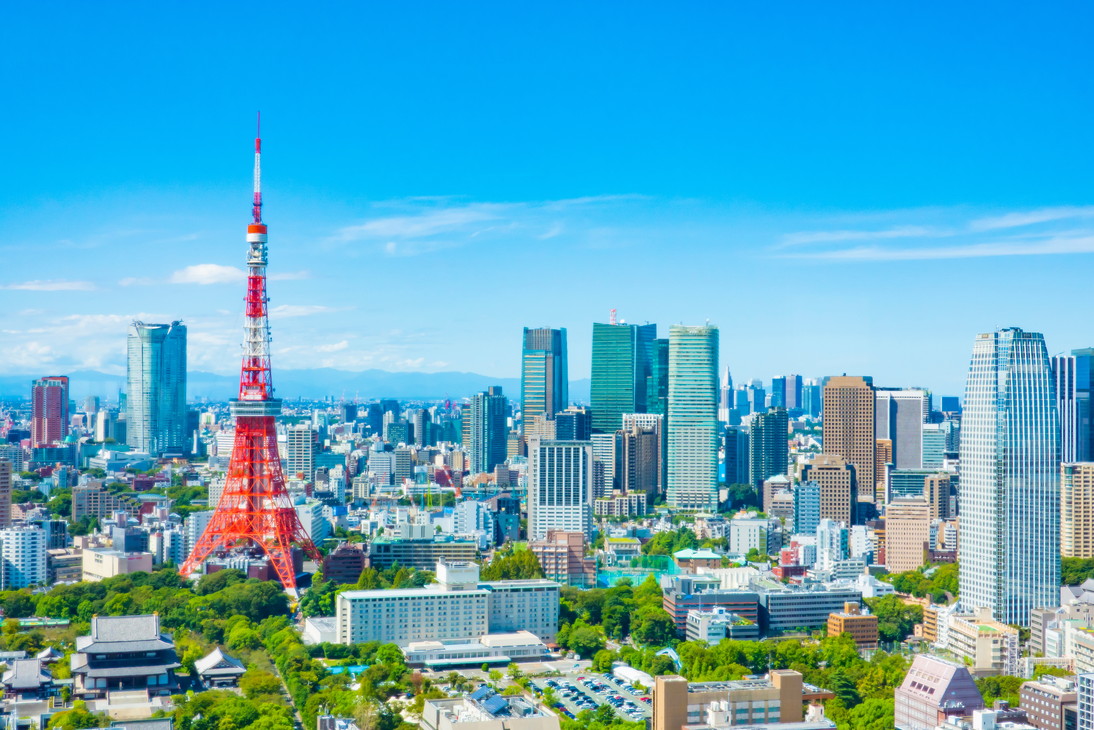
Highly branded areas all around
Minato Ward is everyone's favourite office, luxury residential and commercial district.
Minato Ward has the largest number of offices in Tokyo. A number of companies have their headquarters in Minato Ward, making it one of the best office districts in the country.
Areas with excellent accessibility include the Shimbashi and Shiodome areas, which are businessmen's districts; the Roppongi area, which is full of the vitality and luxury of the TV industry and IT companies; the Konan area, which has excellent access to the Shinkansen bullet train and direct Haneda Airport services; and the Aoyama and Omotesando areas, where there is high demand for apparel and production businesses and private offices, and where vacancies are difficult to find. The Aoyama and Omotesando areas have their own unique characteristics and demonstrate their brand power to the great extent.
The city also boasts some of the most exclusive residential areas in Japan, including Azabu, Akasaka and Aoyama, as well as Takanawa and Shirokanedai. Azabu, Akasaka and Aoyama are known as the 3As, while the women who live in Shirokanedai are known as 'Shiroganese', indicating that just living there is enough to give you a status of being a high-branded person.
In addition, the Wangan (or Bay) area has attracted increasing attention in recent years.
The area was in the limelight during the Tokyo Olympics 2020, and its visibility has risen dramatically both domestically and internationally. With major developers developing large-scale condominiums and shopping centres, the area has gained the support of a wide range of people, including families, as it combines the convenience of the city centre with the resort-like atmosphere of the bay area.
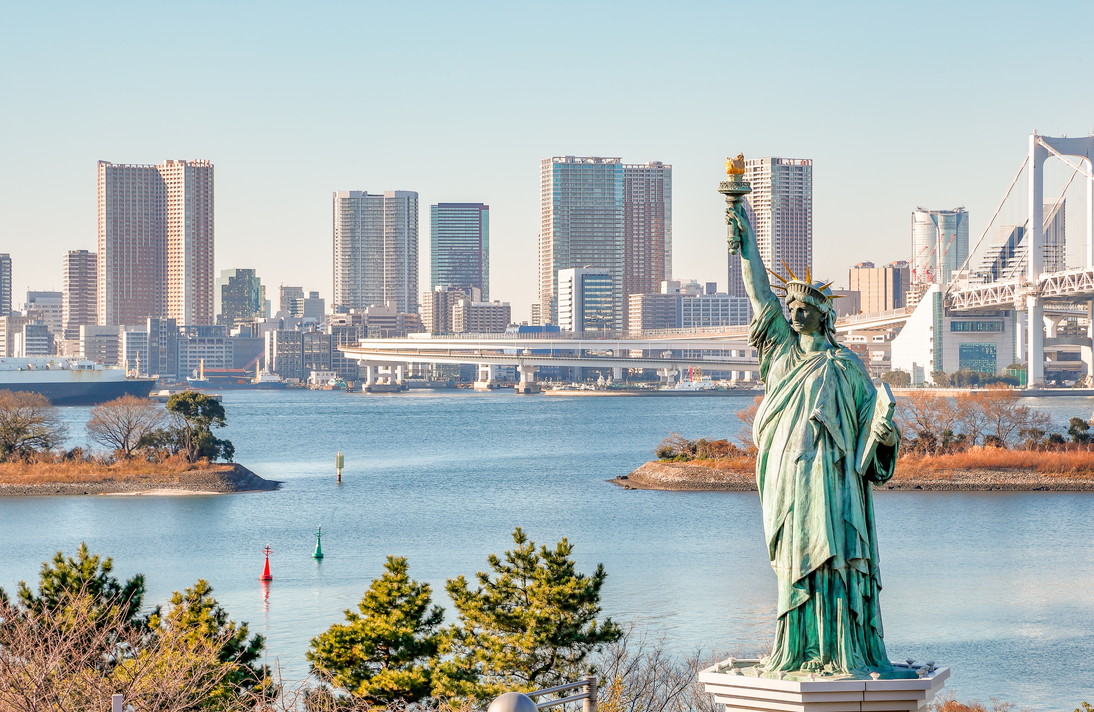
Harmonious coexistence with historical spots and anecdotes from the Edo period
Zojo Temple
Zojo Temple, a temple associated with the Tokugawa family, is the funeral site of Tokugawa Ieyasu, the first shogun of the Edo Shogunate, as well as the resting place of six other shoguns. (2nd Shogun Hidetada, 6th Shogun Ienobu, 7th Shogun Ietsugu, 9th Shogun Ieshige, 12th Shogun Ieyoshi and 14th Shogun Ieshige).
In addition, the Sankemon Gate (Sanmon Gate) is one of the largest gates in eastern Japan and was designated as an important cultural property in 1915 as a structure that retains the appearance of the Edo period.
Sengaku Temple
Sengaku Temple was built near the then Edo Castle by Tokugawa Ieyasu as a memorial to Imagawa Yoshimoto, who had once taken refuge there, and was relocated to its current location in Takanawa, Minato Ward, after it was damaged in a major fire in 1641. The temple is also the family temple of the Asano family of the Ako clan, and is the resting place of Asano Takuminokami and his vassals, the Ako Roshi (feudal lords) of the famous 'Kanadehon Chushingura' (The Treasury of the Samurai) The Ako Roshi Festival is held twice a year and attracts many visitors from all over Japan, with 'Gishi Row' and many open-air food stalls.
Historic slopes
Situated between the bay area and the Musashino Plateau, Minato Ward has many slopes within its borders due to its elevation difference topography, and the number of such slopes is among the highest in Tokyo's 23 wards. It is also said to have the highest number of named slopes in the 23 wards. Many of the slopes in the ward have historical significance, such as Kikoku-zaka, named after the residence of the Kishu Tokugawa family, and Nogizaka, named after the residence of Meiji-era general Nogi Maresuke.
Historic Architectures
Minato Ward is home not only to temples and slopes, but also to many historical buildings. Here are five historic buildings that give a glimpse of the atmosphere and circumstances of the period.
Former Nogi Residence
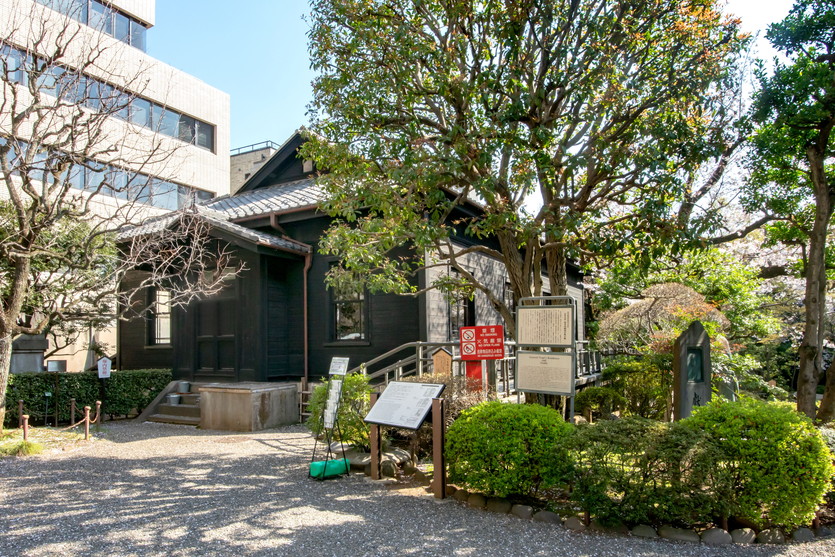
The former Nogi Residence, built in 1902, is a blend of Japanese and Western architecture from the Meiji era.
The residence of military officer Maresuke Nogi, Nogi himself designed the building with reference to the Allied Headquarters in France, which he had seen while studying in Germany. The black-painted, boarded-up residence is extremely simple and rational, and is famous as a representative example of Japanese-Western architecture of the Meiji period. The adjacent Nogi Shrine is dedicated to Nogi and his wife, who were both martyred here.
Akasaka State Guest House Akasaka Rikyu (Palace)
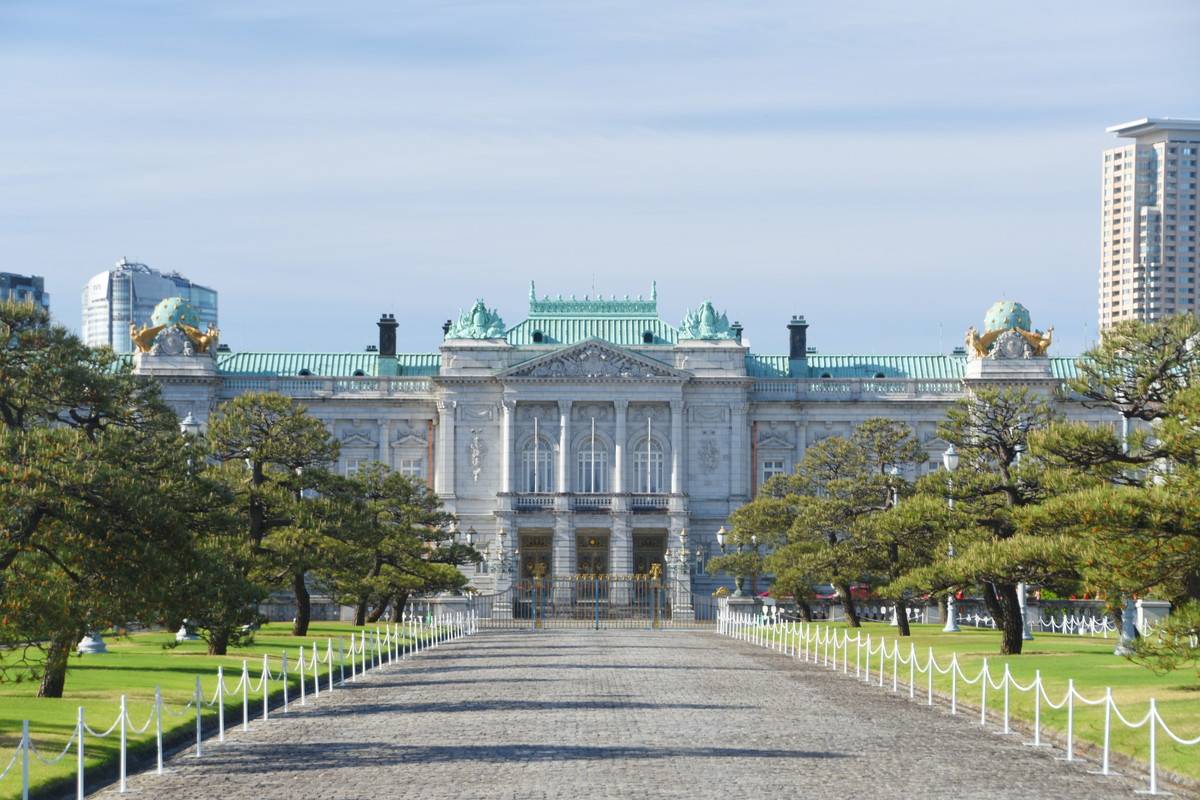
The Akasaka Rikyu State Guest House was built in 1909 as the Crown Prince's Palace.
The only building of its kind in Japan to use the Neo-Baroque style, it is a palace building that represents the culmination of architecture, arts and crafts in Japan at the time. The Akasaka Rikyu has been the residence of the Showa Emperor and many other dignitaries and was designated a National Treasure in 1979 and 2009 after extensive renovations.
Meiji Gakuin University Shirokane Campus
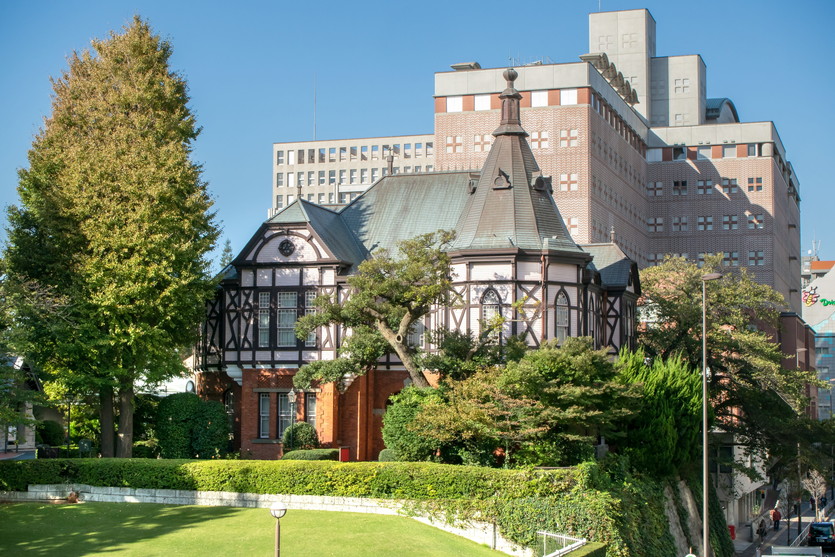
Meiji Gakuin University was founded by Dr James Curtis Hepburn, the creator of the 'Hepburn style (or Hepburn Romanization)' of Roman alphabet notation, the most widely used in Japan.
There are several historical buildings representing the Meiji and Taisho periods, including the neo-Gothic Memorial Hall built in 1890, the Imbrie Building, the oldest missionary building in Tokyo, built around 1889, and the chapel built by William Merrell Vories in 1916.
The Imbrie Hall, in particular, was designated a National Important Cultural Property in 1998 so as to represent the country as well.
Keio University Mita Campus
The campus has several pre-war school buildings and other famous buildings, among which the Mita Public Speaking Hall, built in 1875, and the Old Library, built in 1912, have been selected as Important Cultural Properties. The Mita Public Speaking Hall is a Western-style building with unique Japanese sea cucumber walls, and the Old Library is a Western-style brick building that was designed and constructed solely by Japanese, which was rare during that time.
Tokyo Metropolitan Teien Art Museum (Former Asakamiya Residence)
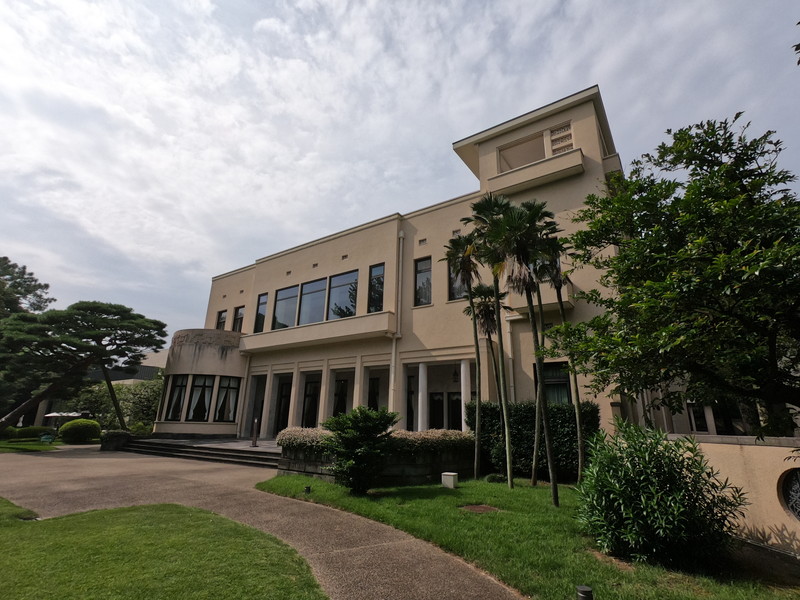
The Tokyo Metropolitan Teien Art Museum was formerly the residence of King Hatohiko Asakamiya, who was impressed by the Art Deco style during his stay in Paris in the 1920s and incorporated it into his own residence. The building was used for various purposes after the departure of the imperial family, before opening as the Tokyo Metropolitan Art Museum, which was designated a Tangible Cultural Property of Japan in 1993 and an Important Cultural Property in 2015.
As one of the best branded areas in the country
Minato Ward combines a sense of refined luxury with a stately sense of history. The area has become more attractive with each passing year, and will continue to reign as one of the most prestigious brand areas in Japan, even as the times change.




